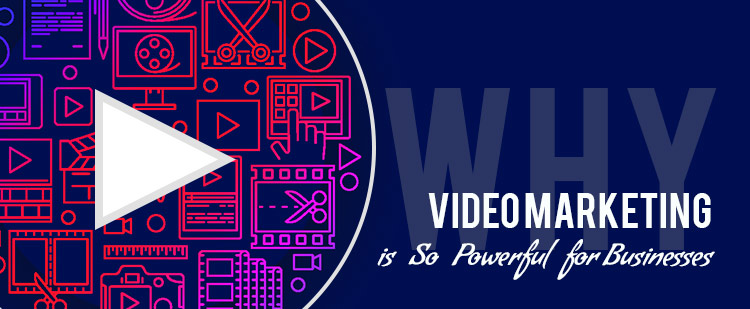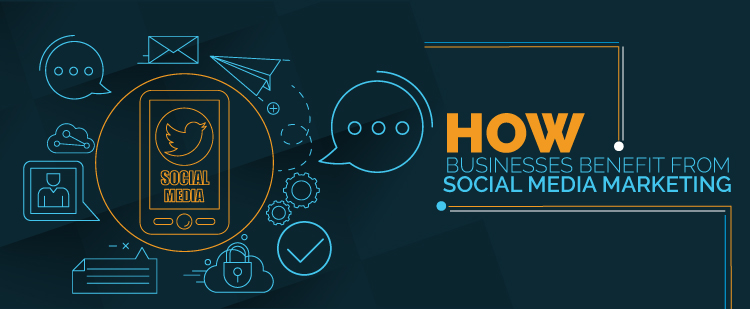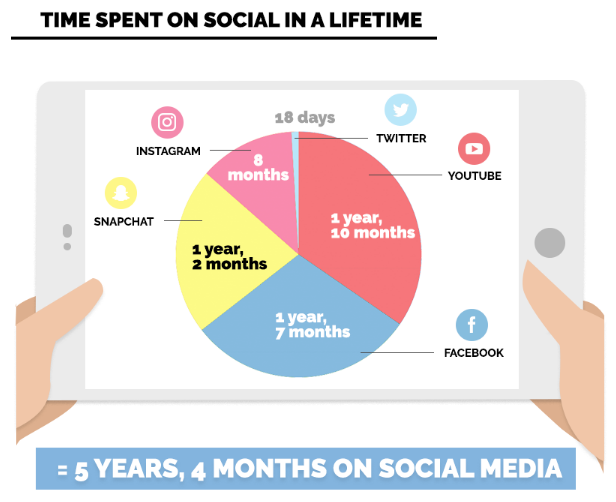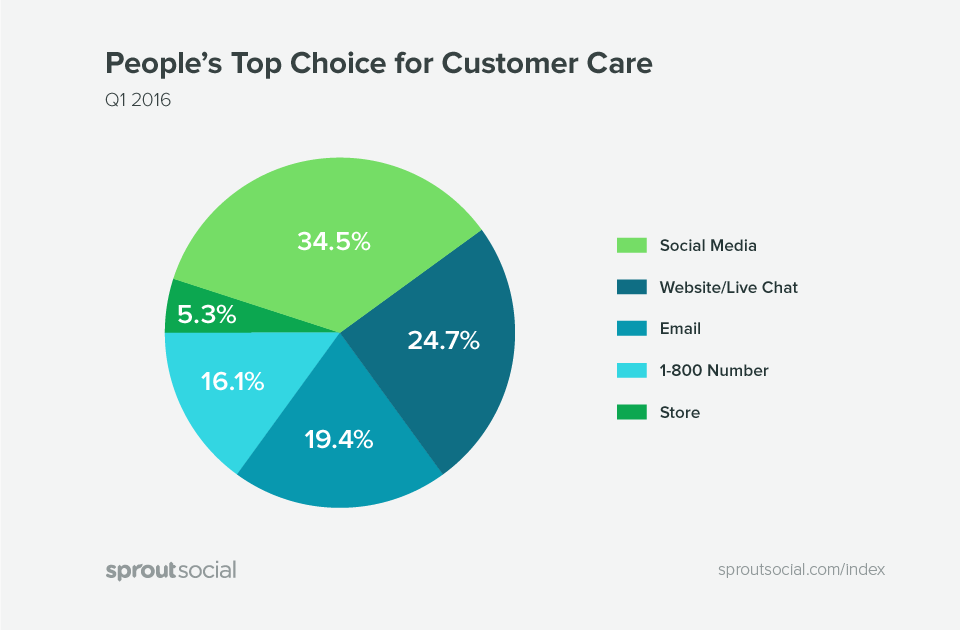Virtual reality with its interactive capabilities takes users to an alternate world. Mixed Reality (MR), on the other hand, is a combination of both Virtual Reality and Augmented Reality .
It changes how users create, connect, and interact with a holographic experience. This has made MR the ideal choice for businesses that aim at improving their operational productivity using holographic experiences.
In recent times, many business organizations want to benefit from the scope of ‘immersive experiences’. Therefore, they tend to implement augmented reality, virtual reality, and mixed reality.
The most popular and common approach out of these three for a business is mixed reality. This is because it has certain unique capabilities apart from creating an immersive experience.
Mixed Reality can aptly combine both the physical and digital worlds creating enterprise-focused applications. Several enterprises today are investing in the development of MR dependent applications to offer users with a digital experience.
Popularly available mixed reality devices include Microsoft HoloLens and ODG headsets. These devices enable various enterprises to improve their efficiency and task management.
How does Mixed Reality Work?
Mixed Reality is a combination of both the virtual and real worlds. It combines physical and digital objects enabling users to collaborate with both in real time.
Mixed Reality has some extremely powerful features such as recording physical surroundings, tracking gestures, language processing for recognition of voice, and more. Its practical uses with a distinctive approach to communicating and collaborating give enterprises an edge over other technologies with real-world, real-time experiences.
Mixed Reality vs. Virtual Reality – which is better?
Virtual reality keeps the user away from the surroundings. While some VR headsets allow for limited movement, most do not especially in comparison with MR devices like HoloLens.
Mixed reality connects the real world of the user with 3D visuals but does not disconnect the virtual and real from each other.
Additionally, while using MR devices, the user does not have to limit mobility and can complete other productive tasks.
MR clearly wins over VR in this aspect making MR a more impactful technology for enterprises. VR is still in its development phase.
Challenges with respect to real-time processing and consideration of physical surroundings must be eliminated to make VR a more enterprise-focused solution.
Businesses utilizing mixed reality have higher chances of becoming productive since they offer a rich experience and personalized views without creating any kind of disconnect from the other views.
How does Mixed Reality help businesses?
Healthcare
The healthcare industry has greatly benefitted from MR applications. Now, there are 3D operation rooms with options for broadcasting and virtual organ replicas to understand complicated surgeries.
These systems allow for knowledge and skill enhancement with AI technologies, sensors, and data analytics put to use for the purpose of practicing evidence-based medicine with care.
Manufacturing
The use of mixed reality headsets helps to improve the performance of all industry operations right from assembly lines to supply chains. The overall designing and maintenance of the product can also be taken care of with the help of MR features and applications.
Manufacturers can easily collaborate in real-time with other departments of the organization leading to improved efficiency. MR solutions are also apt for quick prototyping, instant decision making, and 3D model visualization.
Real Estate
Mixed reality can be used by builders to give their clients a 360° virtual tour of the property they intend to sell. This property may be in the development or planning stage.
Furthermore, mixed reality lets clients customize the furniture, the color of the walls, and other designing aspects making it easier for them to make decisions.
Retail
Stores with mixed reality offer real-time experience to their clients. This means that customers can check for new offers, explore visual designs, move around to view some of the superimposed items, and mix and match to decide what they would like to buy.
Closing thoughts
While the technology of mixed reality is still emerging, it is definitely worth considering for most enterprises. Advancements, new hardware, and more such applications will keep evolving as the technology grows.
Therefore, this is the right time for businesses to invest in MR as it has the ability to change the way businesses and customers work, interact, and communicate.





